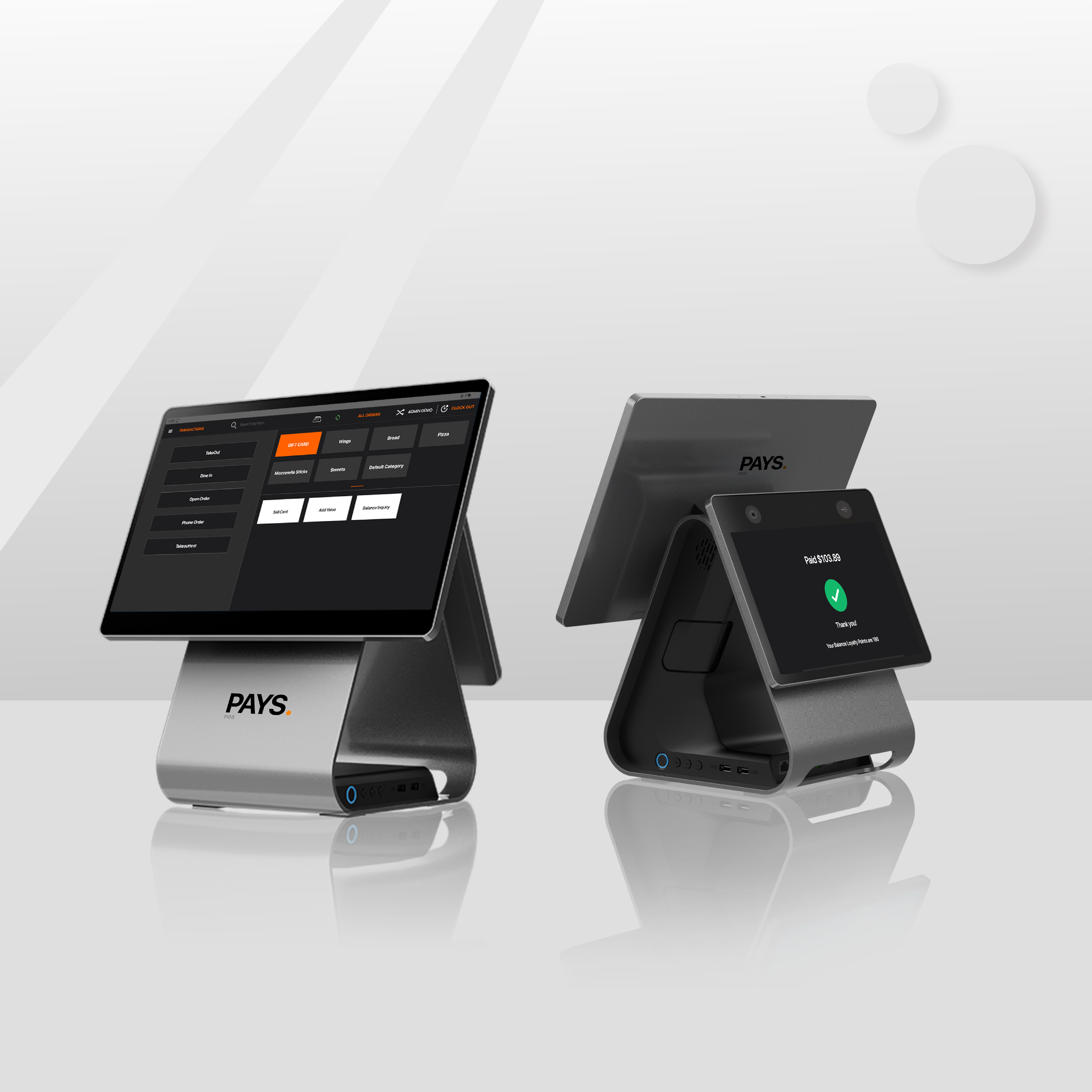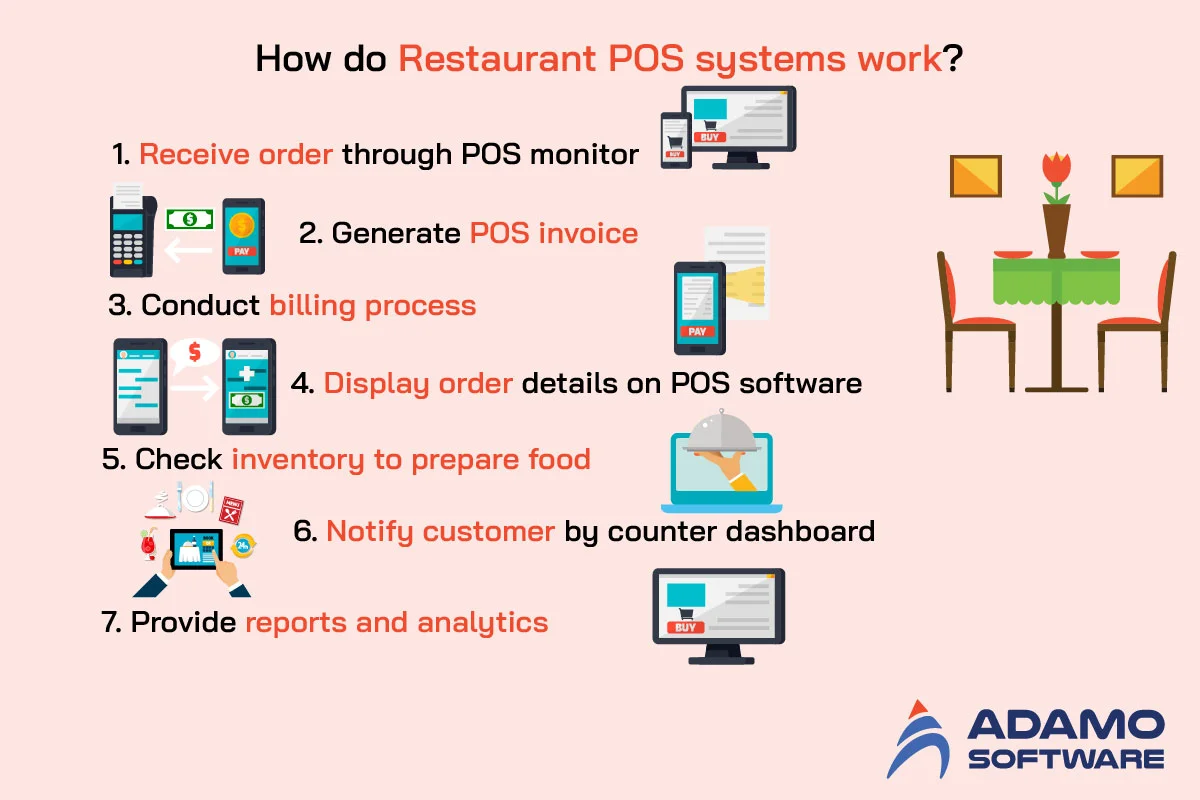Alright, let me spill the beans on my tussle with this thing called ‘Appetize POS’. The name itself, eh? Sounds like it’s gonna be a piece of cake, a real treat to set up a point-of-sale system for someone.

Getting Started with ‘Appetize POS’
So, a buddy of mine was finally opening his dream little coffee spot. He’s a wizard with beans and brews, but when it comes to tech, he’s all thumbs. He asked me to sort out the POS, find something modern and not too complicated. I stumbled upon ‘Appetize POS’ somewhere online; the website looked clean, all minimalist and cool. “This could be it,” I thought.
I jumped in, made an account, and started poking around. The initial setup, getting the basic menu items in – you know, lattes, espressos, his signature muffins – that part wasn’t too terrible. The interface was pretty, I’ll give ’em that. For a moment, I was feeling pretty chuffed, thinking I’d nailed it quickly.
Where Things Went Sideways
But oh boy, when we tried to get into the stuff that actually matters for running a business, even a small one, that’s where the shine wore off real fast. It was like hitting a brick wall painted to look like a fluffy cloud.
First off, hardware. He had an older, but perfectly good, card reader. Did ‘Appetize POS’ support it? Nope. Their compatible list was tiny, full of the latest, priciest gadgets. So, chalk up an unexpected expense for a new reader right there.
Then came inventory. My friend wanted to track not just how many cups of coffee he sold, but also his stock of beans, milk, even paper cups. You know, the basics to avoid running out mid-rush. Appetize POS? It could tell him he sold 10 lattes. But tracking the milk used for those lattes? It was like asking it to predict the weather. Super basic, almost to the point of being useless for actual stock management.
And customization? Or integration? Forget about it. He wanted to connect it to his simple accounting spreadsheet. Nope. Wanted a specific sales report format? Tough luck. It felt like the whole system was designed to look good in demos but not for the messy reality of a real shop. It was incredibly rigid.
I spent a whole weekend trying to make it bend to our will.

- I dug through every setting, every option.
- I searched online for hours, hoping someone else had found a workaround.
- I even considered trying to export data and build reports manually, which totally defeats the purpose of a POS!
It was frustrating, to say the least. I was supposed to be the tech-savvy friend helping out, and this system was making me look like I didn’t know what I was doing.
The Hard Truth and What I Learned
Why do I remember all these headaches so clearly? Because those were my hours, my weekend, sinking into a frustrating pit of unhelpful menus and vague error messages, all while my friend was getting understandably antsy with his opening day approaching.
In the end, we had to pull the plug on ‘Appetize POS’. We just couldn’t make it work for his needs, which weren’t even that complicated. We ended up going with a different system. It didn’t look as flashy, not by a long shot, but it did what it was supposed to do. It actually helped run the business, imagine that!
So, my “practice” with ‘Appetize POS’ turned into a pretty stark lesson. It taught me that a slick presentation and a cool name don’t mean squat if the thing doesn’t perform where it counts. You really have to dig past the surface. It felt like ordering a gourmet meal based on a picture and getting a very small, very plain sandwich instead. A good reminder that practical functionality beats fancy looks any day, especially when you’re relying on it to make a living.





